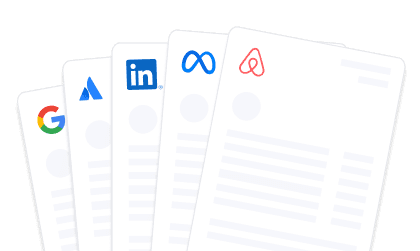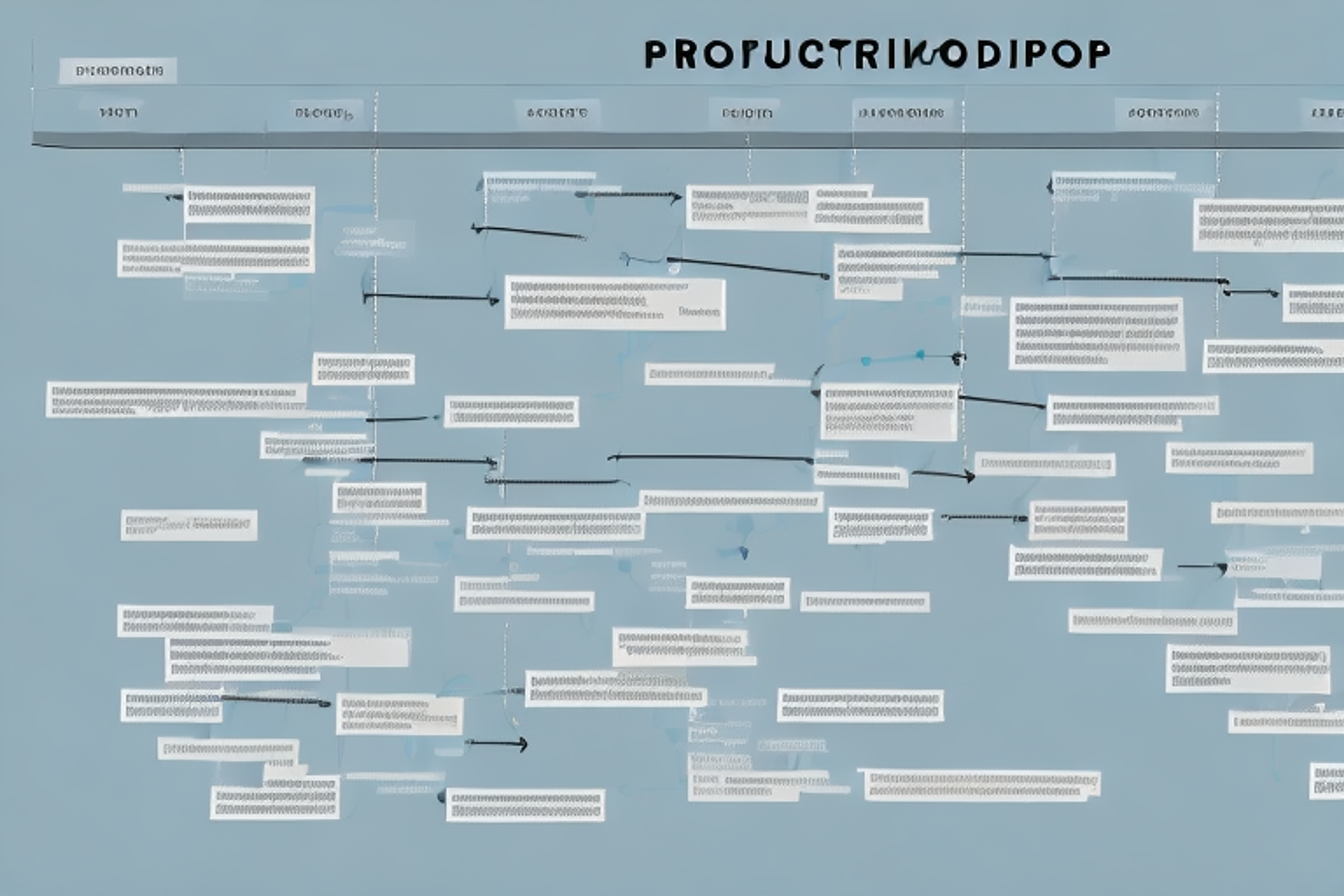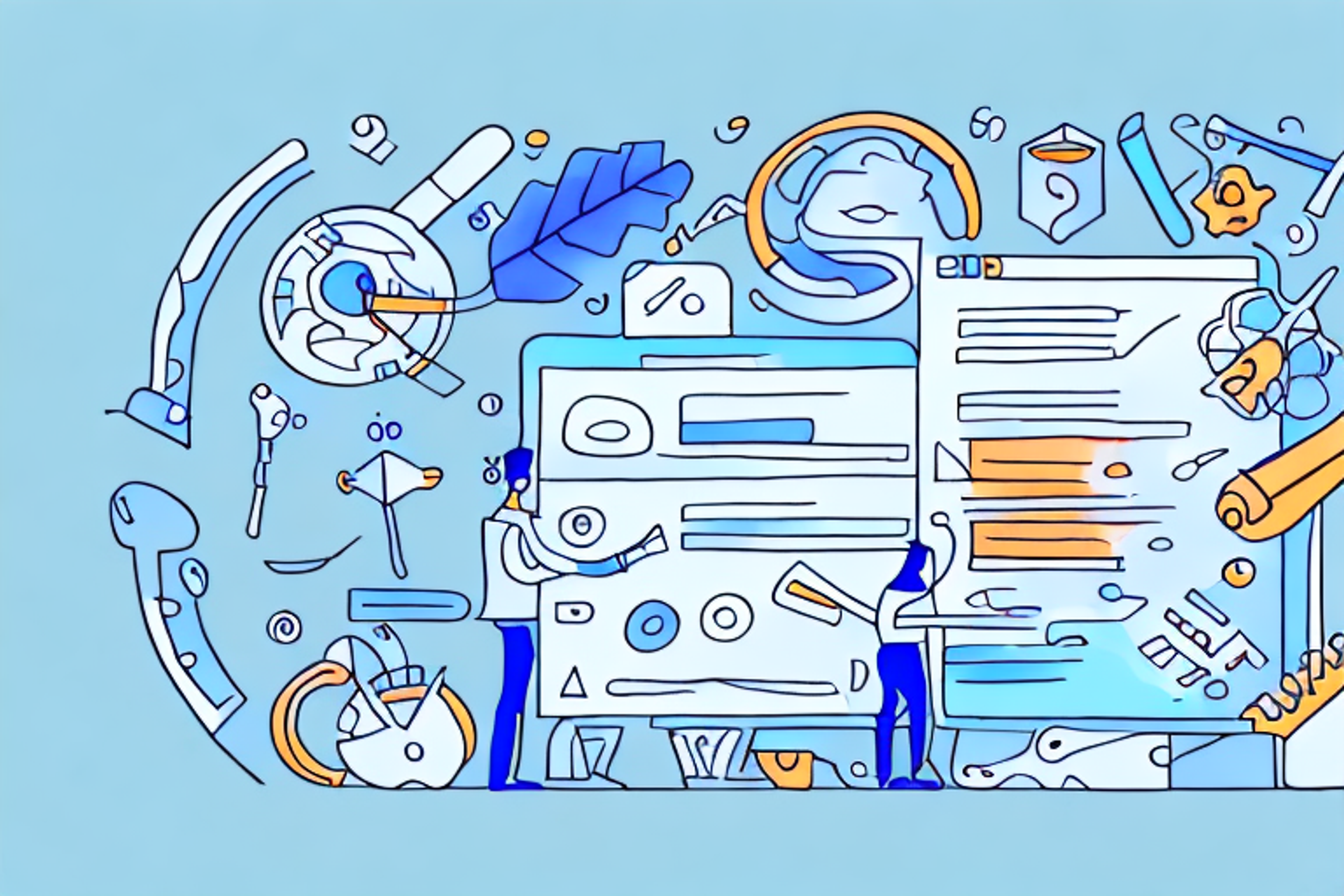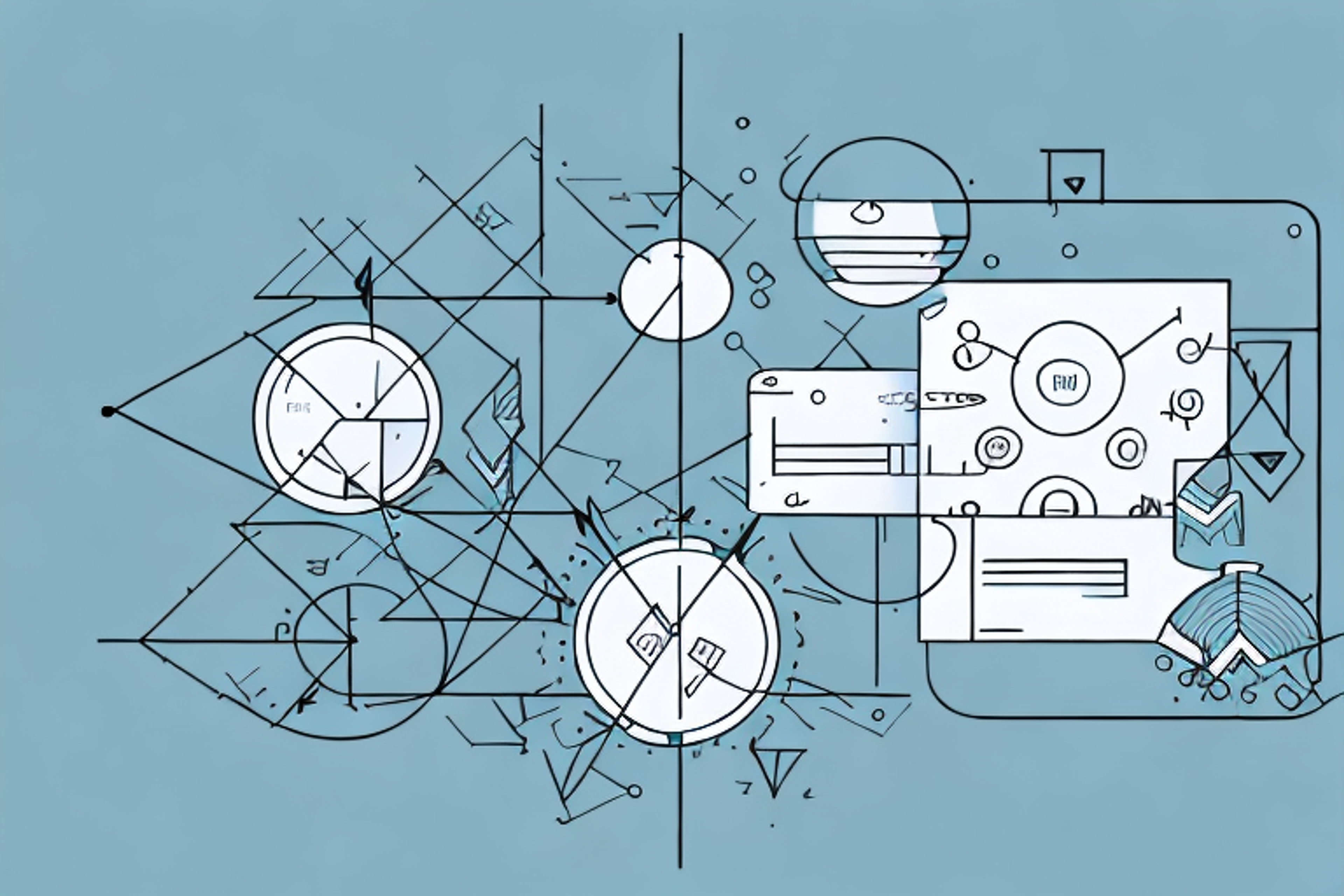Persona Template: How to Create Customer Personas That Drive Product Success
Learn how to create customer personas that drive product success with our persona template.
Posted May 15, 2023
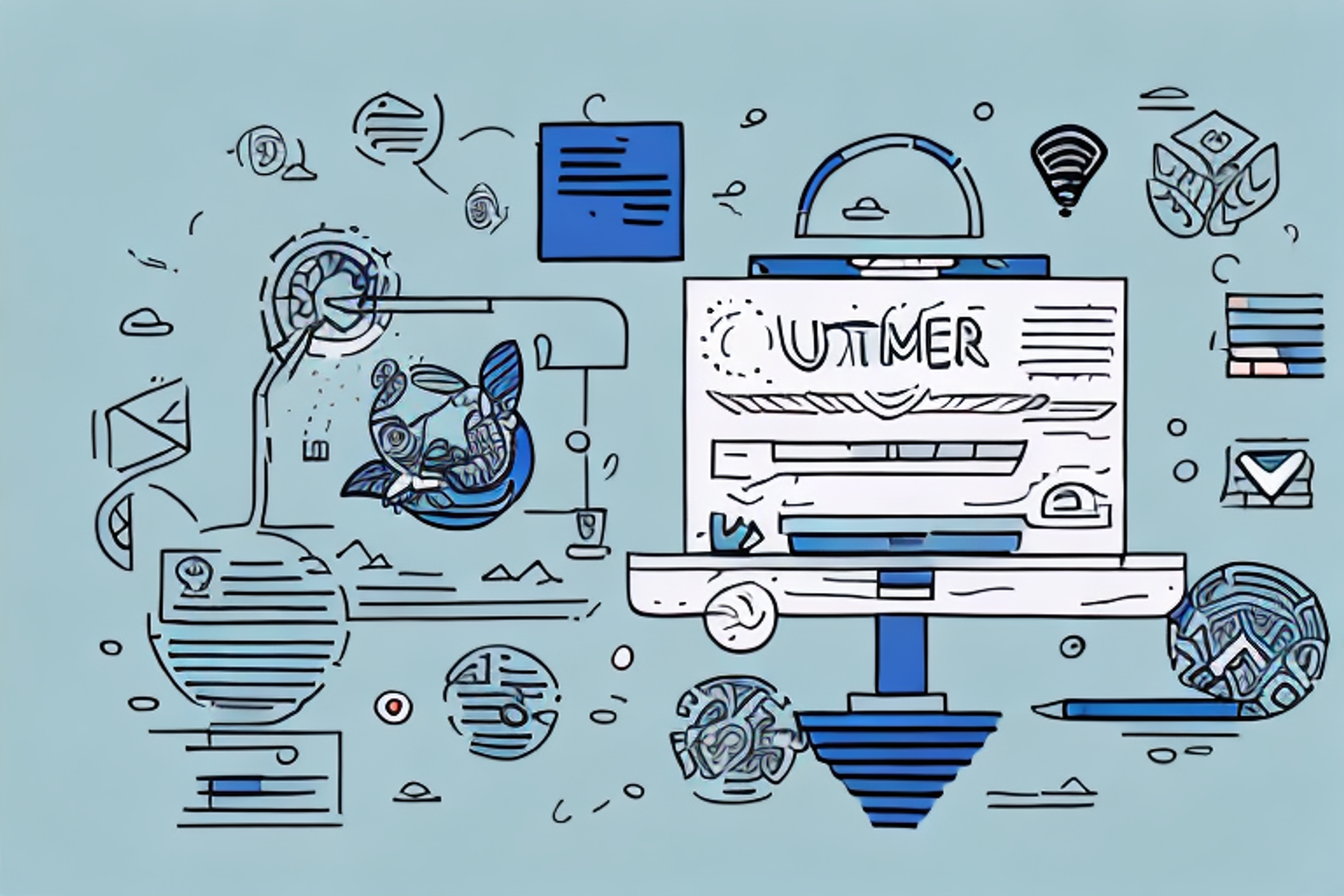
Table of Contents
Successful product development and marketing require a deep understanding of your target audience. But how do you gain this understanding and create products that resonate with your customers? The answer lies in creating accurate customer personas. A customer persona is a fictional representation of your target audience that takes into account their needs, goals, and pain points. By developing personas, you can better understand your customers and create products that meet their specific needs. In this article, we will explore the importance of customer personas and how to create persona templates that can drive product success.
Why Customer Personas are Important for Product Success
Without accurate customer personas, developing products can be a guessing game. You may not truly understand your customers’ needs, resulting in products that fail to resonate with them. Customer personas provide a clear picture of your target audience, allowing you to create products that solve their problems and meet their needs. They also allow you to tailor your marketing strategies to reach your target audience effectively. In turn, this helps drive product success and fosters customer loyalty.
Another benefit of customer personas is that they can help you identify new opportunities for product development. By understanding your customers’ pain points and challenges, you can identify gaps in the market and develop products that fill those gaps. This can give you a competitive edge and help you stay ahead of the curve.
Additionally, customer personas can help you improve your customer service. By understanding your customers’ preferences and communication styles, you can tailor your customer service approach to meet their needs. This can lead to higher levels of customer satisfaction and loyalty, as customers feel heard and valued by your company.
The Benefits of Creating Accurate Customer Personas
Accurate customer personas help you understand your customers on a deeper level. By capturing their needs, goals, and pain points, you can truly empathize with your customers. This, in turn, allows you to design and develop products that solve their problems and meet their needs. Additionally, personas enable you to better target and personalize your marketing efforts, leading to higher conversion rates, increased customer satisfaction, and stronger brand loyalty.
Another benefit of creating accurate customer personas is that it helps you identify new opportunities for growth. By understanding your customers' behaviors and preferences, you can identify gaps in the market and develop new products or services that meet their unmet needs. This can lead to increased revenue and market share.
Furthermore, accurate customer personas can also help you improve your customer service. By understanding your customers' pain points and challenges, you can develop better customer support strategies that address their needs and concerns. This can lead to increased customer satisfaction and loyalty, as well as positive word-of-mouth referrals.
Defining Your Target Audience: The First Step to Creating Effective Personas
The first step to creating effective customer personas is to define your target audience. Take the time to research and analyze your market, identifying the specific groups of people that you want to reach. By understanding the demographics and psychographics of your target audience, you can create personas that accurately represent their needs, goals, and pain points.
Once you have identified your target audience, it's important to gather as much information as possible about them. This can include conducting surveys, analyzing social media data, and even interviewing current customers. The more information you have, the more accurate and effective your personas will be.
It's also important to remember that your target audience may evolve over time. As your business grows and changes, so may the demographics and psychographics of your ideal customer. It's important to regularly revisit and update your personas to ensure they remain relevant and effective.
Conducting Research to Gather Data for Your Personas
Once you have defined your target audience, the next step is to gather data for your personas. There are many ways to collect data, including conducting surveys, interviews, and focus groups, analyzing social media trends and feedback, and reviewing customer support inquiries and complaints. By gathering data from various sources, you can create a more comprehensive picture of your customers and their needs.
One effective way to gather data for your personas is to conduct user testing. This involves observing users as they interact with your product or service and noting their behaviors, preferences, and pain points. User testing can provide valuable insights into how your customers use your product and what improvements can be made.
Another method for gathering data is to analyze website analytics. By reviewing website traffic, click-through rates, and conversion rates, you can gain a better understanding of how your customers are interacting with your website and where improvements can be made to enhance their experience.
How to Analyze and Interpret the Data You Collect
The next step is to analyze and interpret the data you have collected. Look for patterns and trends in the data that can help you identify your customers' needs, goals, and pain points. Use this information to create accurate customer personas that accurately reflect your target audience. It is important to keep in mind that the personas should be based on real data, not on assumptions or stereotypes.
Key Elements of a Well-Crafted Persona Template
A well-crafted persona template includes several key elements. These include demographic information, such as age, gender, and income, as well as psychographic information, such as interests, values, and motivations. Additionally, a persona should include information about the person's goals, pain points, and challenges. By including these elements, you can create a persona that accurately represents your target audience and enables you to create products that meet their needs.
Tips for Developing Empathy and Understanding of Your Customers' Needs
Developing empathy and understanding of your customers' needs requires putting yourself in your customers' shoes. Take the time to understand their situation, their pain points, and their motivations. Engage with your customers through social media, surveys, and other channels. This will help you gain a deeper understanding of their needs, enabling you to create products and services that truly meet their needs.
Pitfalls to Avoid When Creating Customer Personas
When creating customer personas, there are several pitfalls to avoid. First, avoid making assumptions about your customers or relying on stereotypes. Base your personas on real data, not on assumptions or generalizations. Additionally, don't create too many personas or make them too detailed. Focus on the key elements that will help you understand your customers and create products that meet their needs.
How to Use Your Persona Template to Drive Product Development and Marketing Strategies
Your persona templates should be used to drive product development and marketing strategies. Use them to inform product design, ensuring that the products you create meet your customers' needs. Additionally, use them to tailor your marketing efforts, creating campaigns that resonate with your target audience. By using your persona templates effectively, you can create products and services that meet your customers' needs and drive success for your business.
Testing and Refining Your Personas Over Time for Maximum Effectiveness
It's important to test and refine your personas over time for maximum effectiveness. Use data and feedback from your customers to validate and refine your personas, ensuring that they accurately reflect your target audience. Additionally, update your personas as your market evolves, ensuring that they provide an accurate representation of your customers over time.
Best Practices for Collaborating with Team Members on Persona Creation
Creating accurate personas requires collaboration and teamwork. Involve all the relevant stakeholders in persona creation, including product managers, designers, developers, and marketers. By working together, you can create a more comprehensive picture of your target audience, ensuring that your personas accurately reflect your customers' needs.
Incorporating Feedback and Insights from Real Customers into Your Persona Template
Finally, incorporating feedback and insights from real customers into your persona templates is vital for success. Use customer feedback and insights to validate and refine your personas, ensuring that they accurately represent your target audience. Additionally, use customer feedback to inform product development and marketing strategies, creating products and campaigns that truly meet your customers' needs.
The Role of Personas in Design Thinking and Agile Development Processes
Personas play a vital role in design thinking and agile development processes. By focusing on the needs of your customers, instead of your assumptions or biases, you can develop products that truly meet their needs. Additionally, personas enable you to tailor your product development and marketing efforts to your target audience, ensuring that they resonate with your customers.
Examples of Companies That Have Successfully Leveraged Their Customer Personas
Many companies have successfully leveraged their customer personas to drive product success. Apple is a great example of a company that has used customer personas to create products that meet their customers' needs. Apple's customer personas focus on their customers' desire for simplicity, elegance, and functionality, leading to products that are beautiful and easy to use. Another great example is Airbnb, which used customer personas to create personalized messaging that resonated with their target audience, driving increased bookings and revenue.
Conclusion
Creating customer personas is a must for successful product development and marketing. By developing accurate personas, you can gain a deeper understanding of your target audience and create products that meet their specific needs. Use the tips and best practices outlined above to create persona templates that enable you to drive product success and foster customer loyalty. By incorporating feedback and insights from your customers into your personas, you can create products and services that truly meet their needs, building a strong and loyal customer base for your business.





